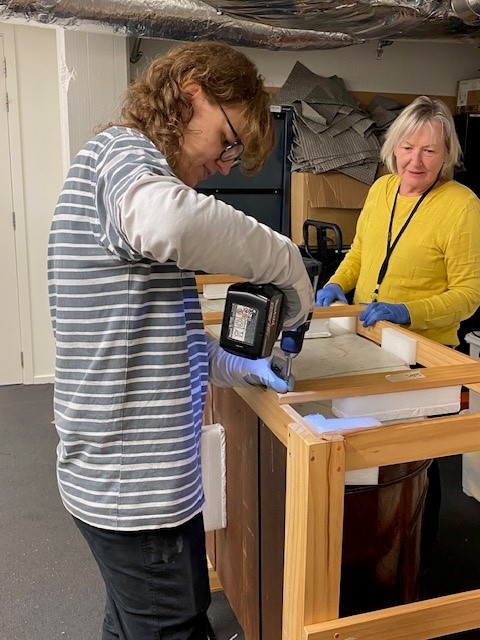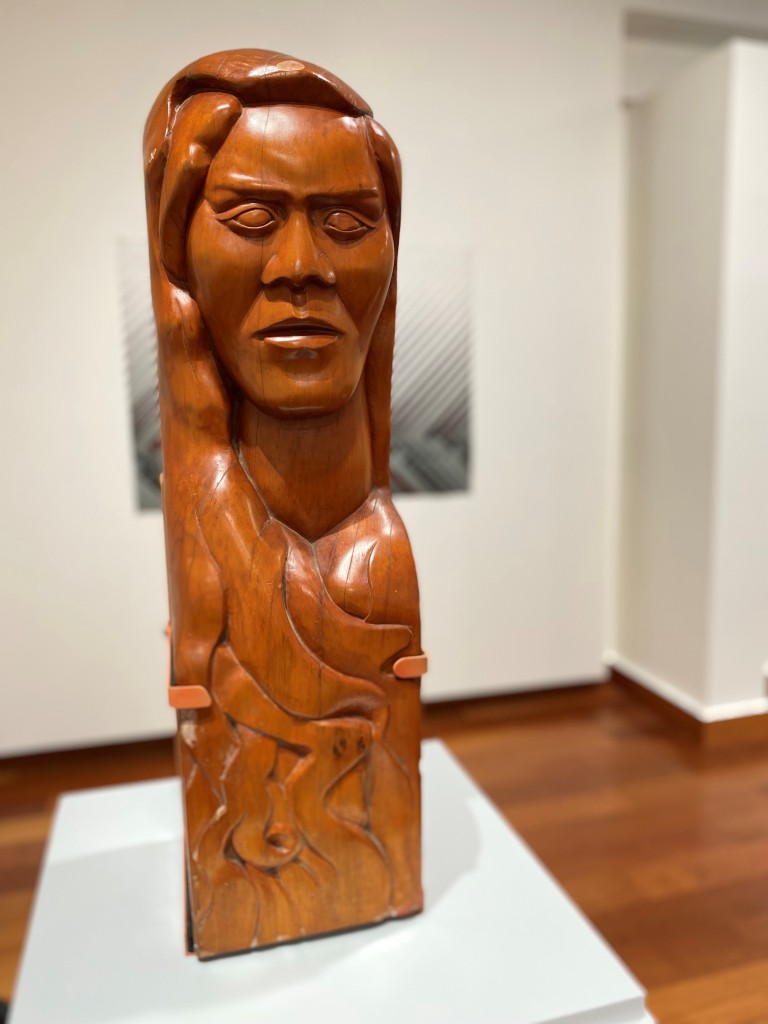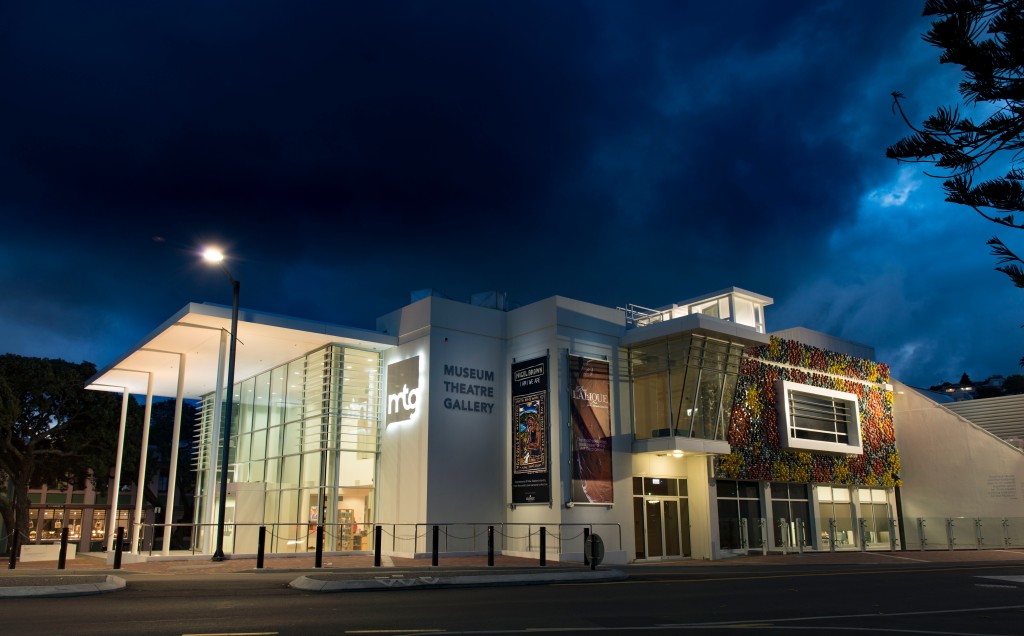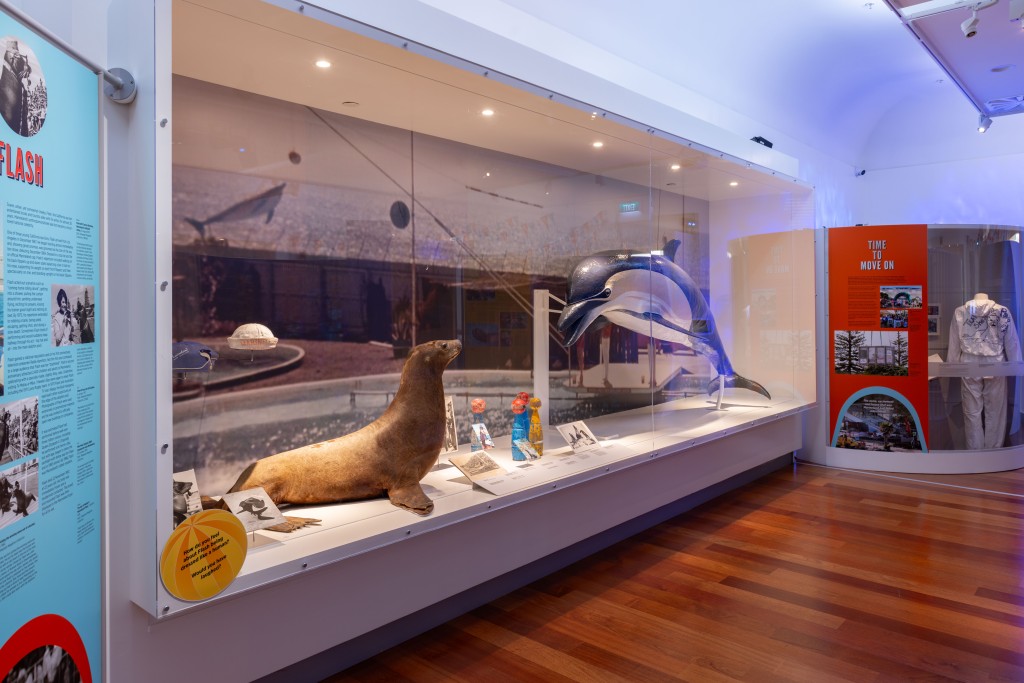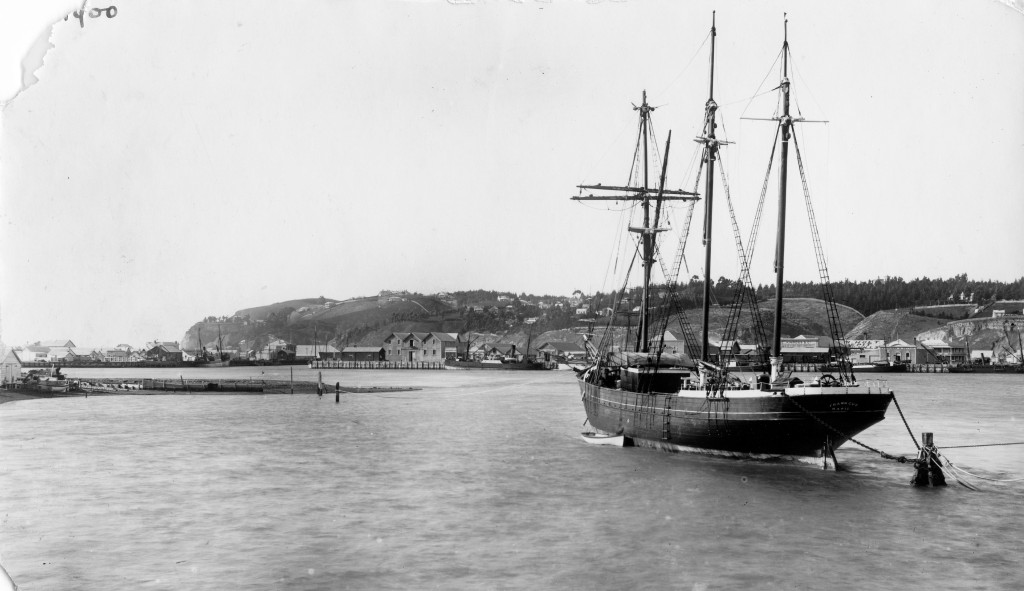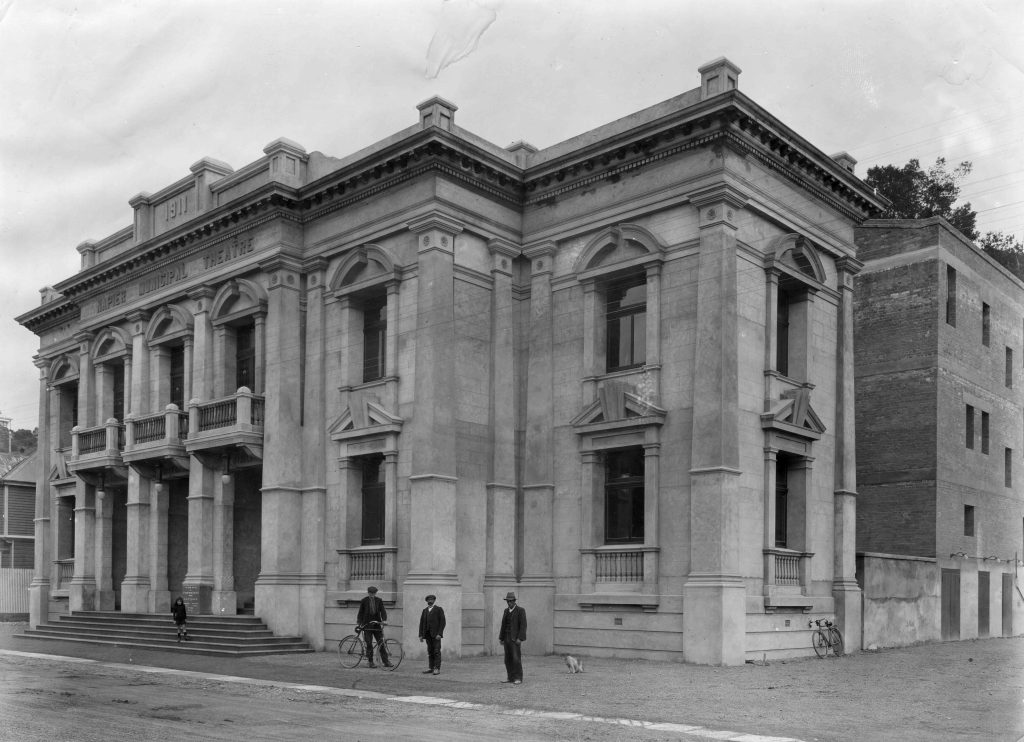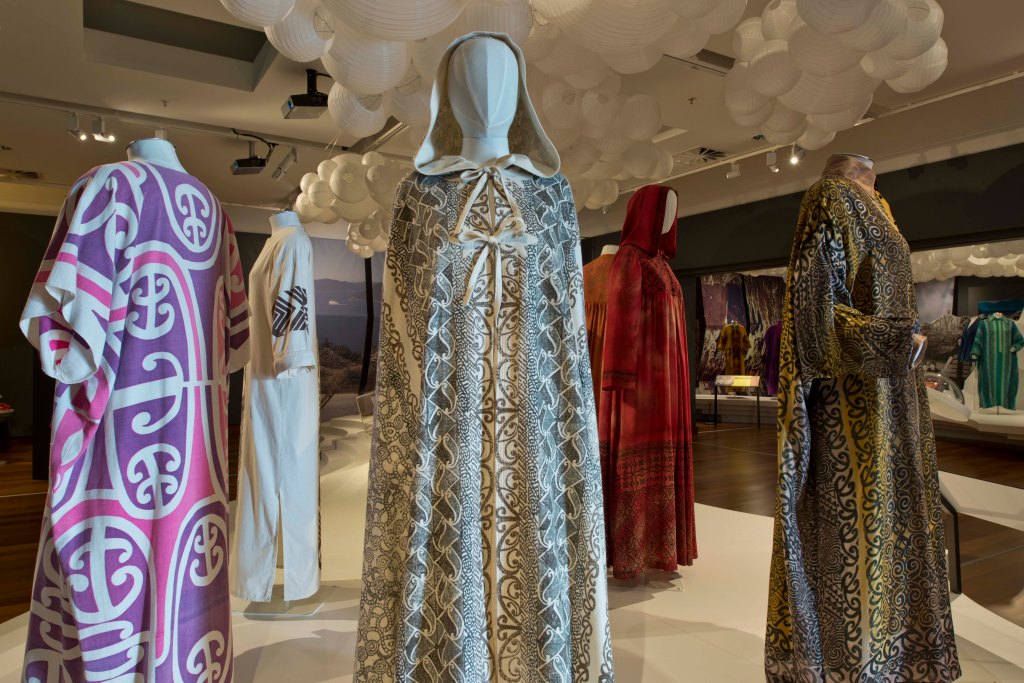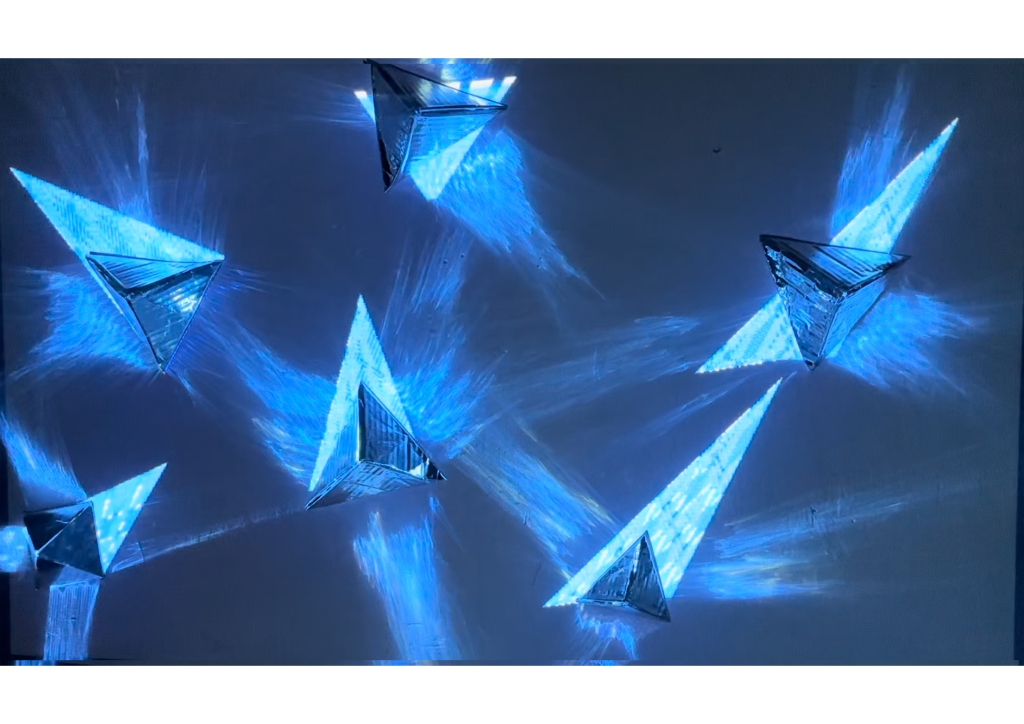
On Thursday 25 April, Aotearoa and Australia commemorated ANZAC Day, a Remembrance Day marking the anniversary of those who died at Gallipoli and acknowledging all who served in times of war.
One of the enduring hallmarks of World War I, was the first large-scale use of toxic chemical weapons in land warfare. This form of weaponry was introduced by French and German Forces in late 1914, when they used tear gas against entrenched enemy troops. By 1916 both combating sides were using poisonous gas as ammunition. Late in 1917 mustard gas, the ‘King of Battle Gases’, was introduced. This damaged not only the lungs but, on contact with skin and eyes, caused blisters and blindness.
As war continued, gas attacks became severe, particularly between 1917–1918. Gas mask drills became an integral part of soldiers’ everyday life, with the constant threat of exposure multiplying the already unbearable amount of stress being experienced. At the end of World War I, returning New Zealand service men and women often suffered from permanent damage to the upper respiratory tract, lungs, eyes, and skin caused by gas exposure. It became imperative that convalescent care for soldiers suffering from these conditions be established. In 1919, Pukeora Sanatorium, built on the hill between Takapau and Waipukurau, which provided wonderful views of the Onga Onga Plains, was established by the Defence Department.
Many veterans also suffered from pulmonary tuberculosis (phthisis), a greatly feared and incurable disease, the symptoms of which were unknowingly carried into combat. With the cramped and unsanitary conditions of trench warfare, overcrowded troopships, and packed military hospitals the disease was rapidly transmitted. During the early 1900s the cure for pulmonary tuberculosis was holistic – fresh air, sunlight, exercise as well as rest and good food. Treatment focused on strengthening sufferers to “eliminate or seal up the patches”. Light employment was also encouraged so that the “patient may not feel he is an altogether broken cog in the wheels of national industry”.
To aid treatment of both lung damage and tuberculosis, Pukeora Sanatorium was built and designed along modern medical lines. For the seriously ill the front and side walls of the cubicles were able to be “thrown open to sun and air” so that patients could “well imagine” they were living outdoors. For those with milder symptoms there were small, isolated buildings, the windows of which could be “opened to the four winds of heaven”. Furnishings inside the rooms were so spartan as to “deprive the deadly bacillus a lodging place”. On inspecting the new buildings, the Waipawa Mail questioned whether there was “an abundance of Nature’s tonic” due to the lack of shelter, thereby exposing the sanatorium “to the biting winds which sweep across the plains from the mountains”. The editorial summarised the description with, “the surroundings are at present anything but attractive” but with time, no doubt a “wonderful transformation can be affected”. A month later the newspaper had reversed its opinion, scathingly reporting that although the Sanatorium had been open for two months there was still no electricity, little hot water, and the surroundings “were desolate enough to break the heart of any patient”.
To brighten patients’ lives, light entertainment was encouraged. A “commodious room” had been built specifically on behalf of the YMCA (Young Men’s Christian Association) who furnished it, providing games, books and magazines for patient use. There was also an entertainment hall which had the capability of presenting “picture shows” as well as live staged performances. Rehabilitation, applauding light employment, saw instruction in farming, orchard work, beekeeping and carpentering provided. Under a vocational training scheme, volunteer tutors instructed patients in a variety of pursuits such leather work; basket and raffia weaving; embroidery and knitting; photography and art.
Community groups from central and southern Hawke’s Bay compassionately supported the Pukeora patients “suffering from the ravages of war”. A committee was established which produced a weekly itinerary, delegating groups to “assist in lightening the tedium of the boy’s existence”. Organisations such as the Waipawa Ladies’ Progressive Committee and Waipukurau Red Cross, along with others from as far afield as Otane, Porangahau, Takapau, Dannevirke and Hastings, banded together to dispense entertainment and sumptuous afternoon teas. Ceremonial dates were celebrated – on 18 December 1919, the Ladies of the Combined Districts provided a Christmas tree laden with gifts. Following the presentation of gifts, the Waipukurau ladies presented a lavish afternoon tea including special Christmastide delicacies.
Music was not forgotten – twice monthly on a Sunday, despite the often-biting wind, an open-air musical concert was performed. As well, the YMCA staged a monthly concert consisting of “songs, recitations and monologues for the amusement of the soldier residents at Pukeora”. Local individuals were fervent contributors – Edward Oakenfull invited 40 patients (accompanied by five nurses) to a garden party held on his Argyll property and when the possibility of a bowling green was posed, Paul Hunter and Frederick Ormond quickly contributed £100 (approximately $1750) toward its establishment.
By the end of 1921, the Defence Force had transferred Pukeora Sanatorium over to the Health Department, mainly because most soldiers had been discharged and returned to civilian life. Accordingly, the sanatorium was then managed by the Waipawa Health Board and specifically repurposed for pulmonary tuberculosis patients, although it continued to treat soldiers but purely as private citizens. Pukeora Sanatoruim operated for 60 years as a tuberculosis clinic with around 7000 people treated.
Published in the Hawke’s Bay Today newspaper on 27 April 2024 and written by Gail Pope, Social History Curator at MTG Hawke’s Bay.

